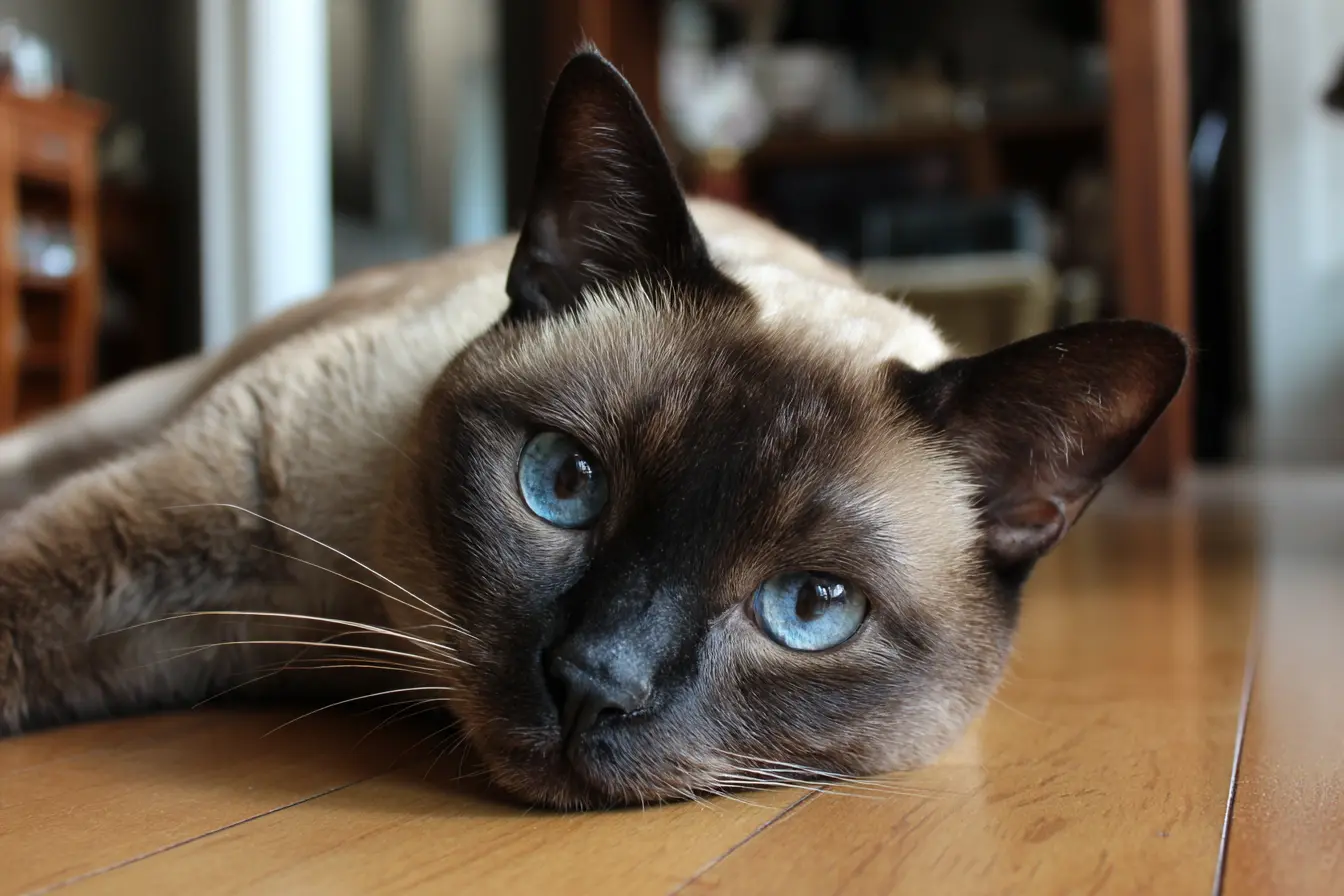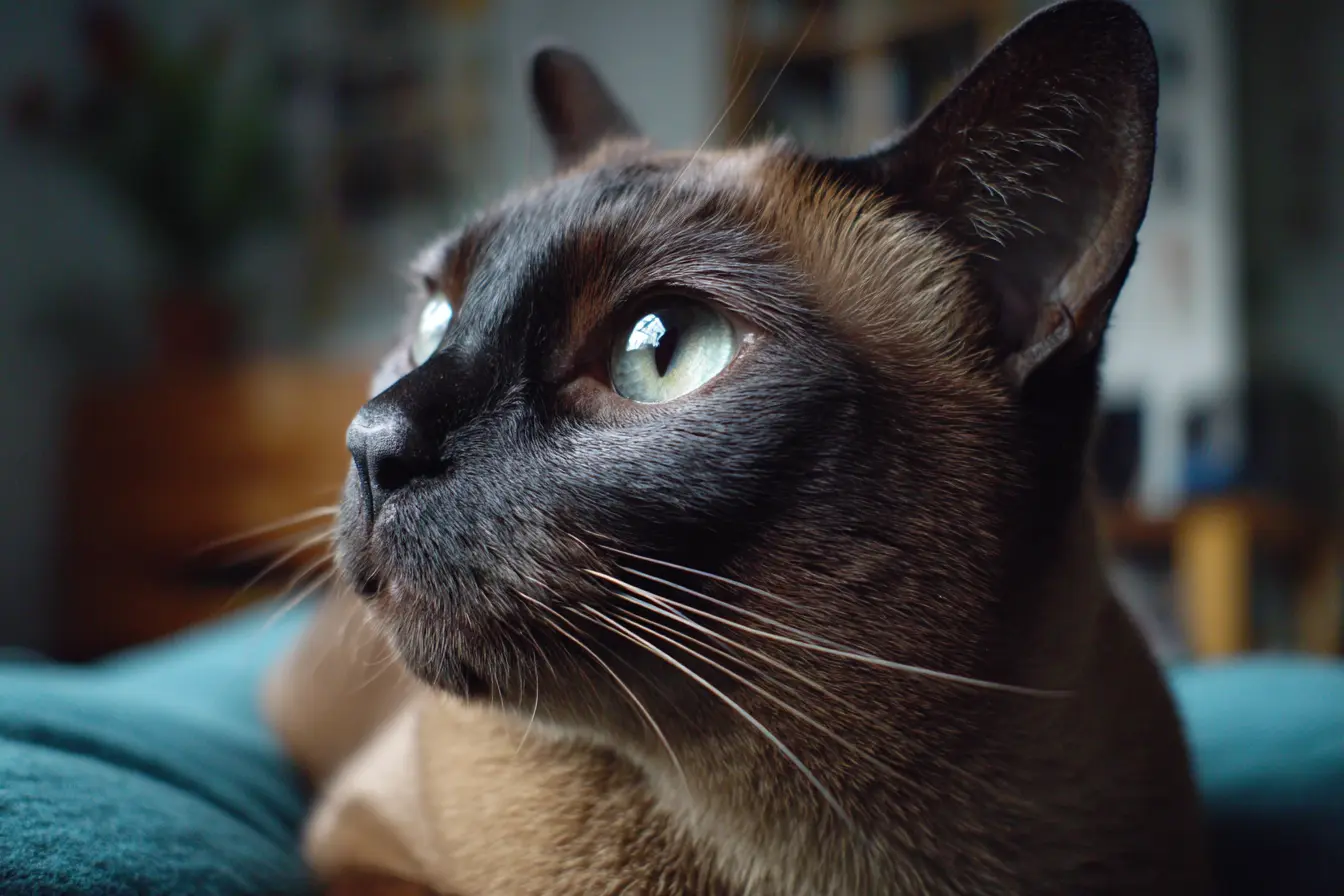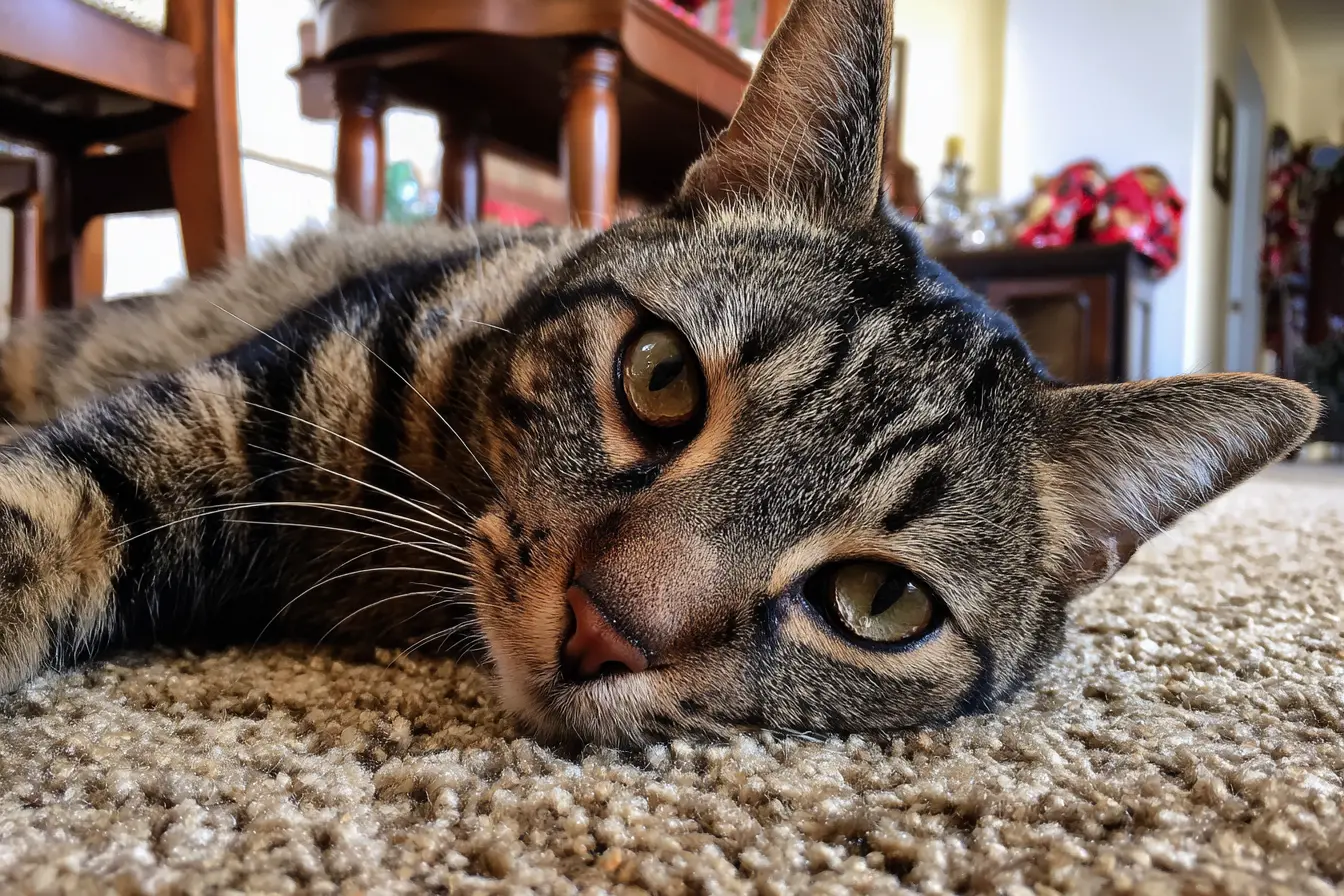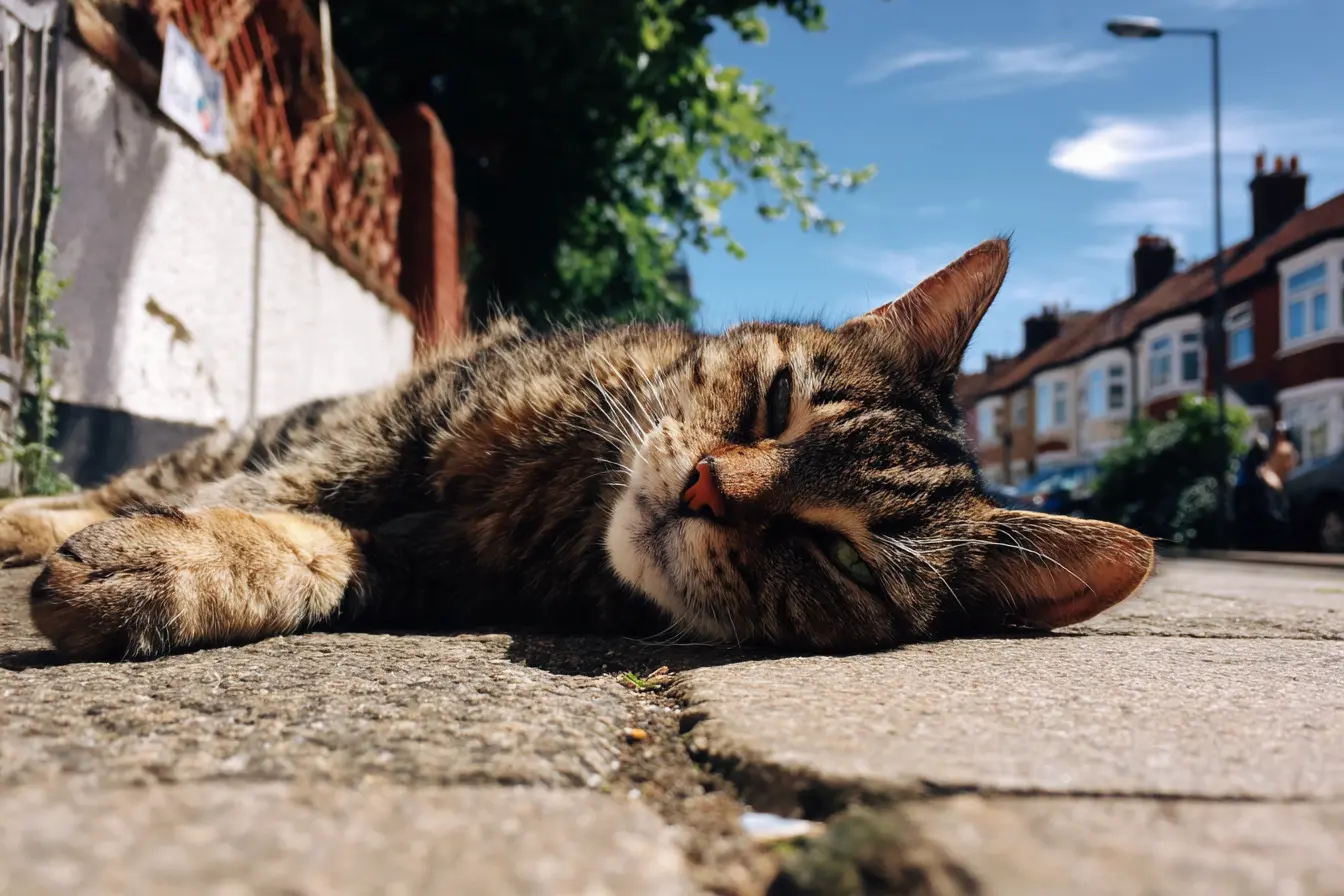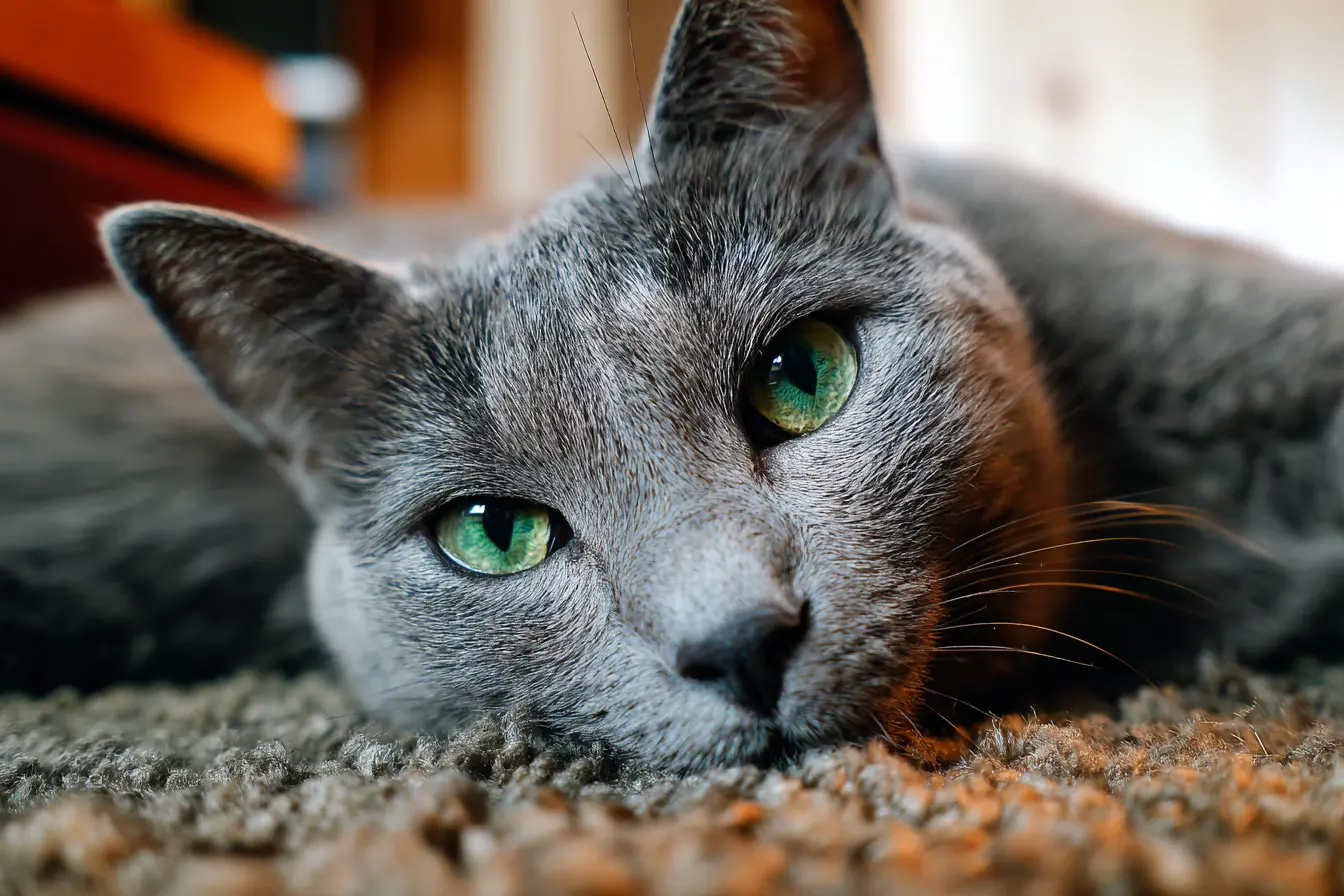
The Russian Blue Cat: A Graceful Companion for the Discerning Owner
Embarking on the journey of cat ownership is a rewarding experience, full of companionship, affection, and lasting memories. If you are considering a Russian Blue, known for its captivating emerald eyes and silvery-blue coat, you are looking at a breed that epitomises elegance and quiet devotion. This guide provides a comprehensive overview of the Russian Blue breed, covering everything from their history and personality to their care needs and health considerations. By understanding what makes the Russian Blue unique, you can decide if this serene breed is the perfect addition to your home.
Breed History and Characteristics
The Russian Blue is a naturally occurring breed believed to have originated in the port city of Arkhangelsk in northern Russia. It was brought to Britain in the mid-19th century, where it quickly gained popularity for its beauty and reserved charm.
Russian Blues are medium-sized cats with a slender, fine-boned yet muscular build. Their most striking features are their short, dense, double-layered coat of shimmering blue-grey fur and their vivid green, almond-shaped eyes. Their plush, velvety coat is both beautiful and hypoallergenic compared to many other breeds, making them an appealing choice for allergy sufferers.
Temperament
Russian Blues are known for their gentle, reserved, and affectionate nature. They often form deep bonds with their owners, showing loyalty and affection while maintaining a degree of independence. They are typically shy around strangers but are playful, loving, and even a little mischievous within their trusted circle.
These cats enjoy routine and prefer a quiet, stable environment. They are intelligent and observant, often learning household habits and even opening cupboards or doors. Despite their quiet demeanour, they have a playful side and enjoy interactive games, often surprising their owners with their agility.
Health and Lifespan
Russian Blues are generally a robust and healthy breed, with a lifespan of 15 to 20 years. They have fewer breed-specific genetic health issues compared to many other pedigree cats. However, maintaining a healthy diet and weight is crucial, as they can be prone to obesity if not properly monitored.
Routine veterinary check-ups, vaccinations, and preventative care are essential to ensure their long-term wellbeing. When sourcing a kitten, it is advisable to seek reputable breeders who follow responsible breeding practices.
Care and Grooming
Russian Blues require relatively low maintenance when it comes to grooming. Their short, dense coat benefits from a weekly brush to remove loose hairs and maintain its plush appearance.
As with all cats, regular dental care, nail trimming, and ear cleaning should be part of their grooming routine. Russian Blues also appreciate a clean litter tray and may become stressed if it is not well maintained.
Living Environment
Russian Blues thrive in calm, predictable environments. They adapt well to both spacious houses and smaller flats, provided they have access to cosy resting places, climbing structures, and safe play areas.
Due to their sensitive nature, they prefer homes without excessive noise or frequent disruption. They can coexist happily with other gentle pets and older, considerate children, but may feel overwhelmed in very busy households.
Training and Socialisation
Intelligent and observant, Russian Blues respond well to gentle training methods, particularly positive reinforcement techniques. They can learn tricks, use puzzle feeders, and even enjoy clicker training.
Early socialisation is important to help them build confidence and ease their natural shyness, particularly around unfamiliar people and environments.
Considerations for Prospective Owners
- Environment: Russian Blues need a stable, quiet home environment to truly thrive.
- Healthcare: Regular veterinary care is vital, with attention to maintaining a healthy weight.
- Companionship Needs: They form strong attachments to their owners but cope well with some alone time, provided they have enough stimulation.
Conclusion
The Russian Blue is a graceful and affectionate companion, bringing beauty, loyalty, and serenity into any home. Their stunning appearance, combined with their gentle personality, makes them a cherished choice for many cat enthusiasts. However, their sensitive nature and preference for calm surroundings mean they are best suited to owners who can provide a peaceful and stable environment.
If you are drawn to the quiet charm and striking elegance of the Russian Blue and are ready to meet their particular needs, this breed may be the perfect addition to your family. Before making your decision, consider visiting breeders or rescue centres to experience firsthand the unique grace of the Russian Blue. Remember, adopting a cat is a lifelong commitment that requires thoughtful consideration and a genuine understanding of the breed's needs.
Vets near you
Speciality vets
- Aquatics vet specialists
- Birds vet specialists
- Camelids vet specialists
- Cats vet specialists
- Cattle vet specialists
- Deer vet specialists
- Dogs vet specialists
- Equines vet specialists
- Exotic vet specialists
- Goats vet specialists
- Pigs vet specialists
- Poultry vet specialists
- Sheep vet specialists
- Small Mammals vet specialists
- Wild vet specialists
